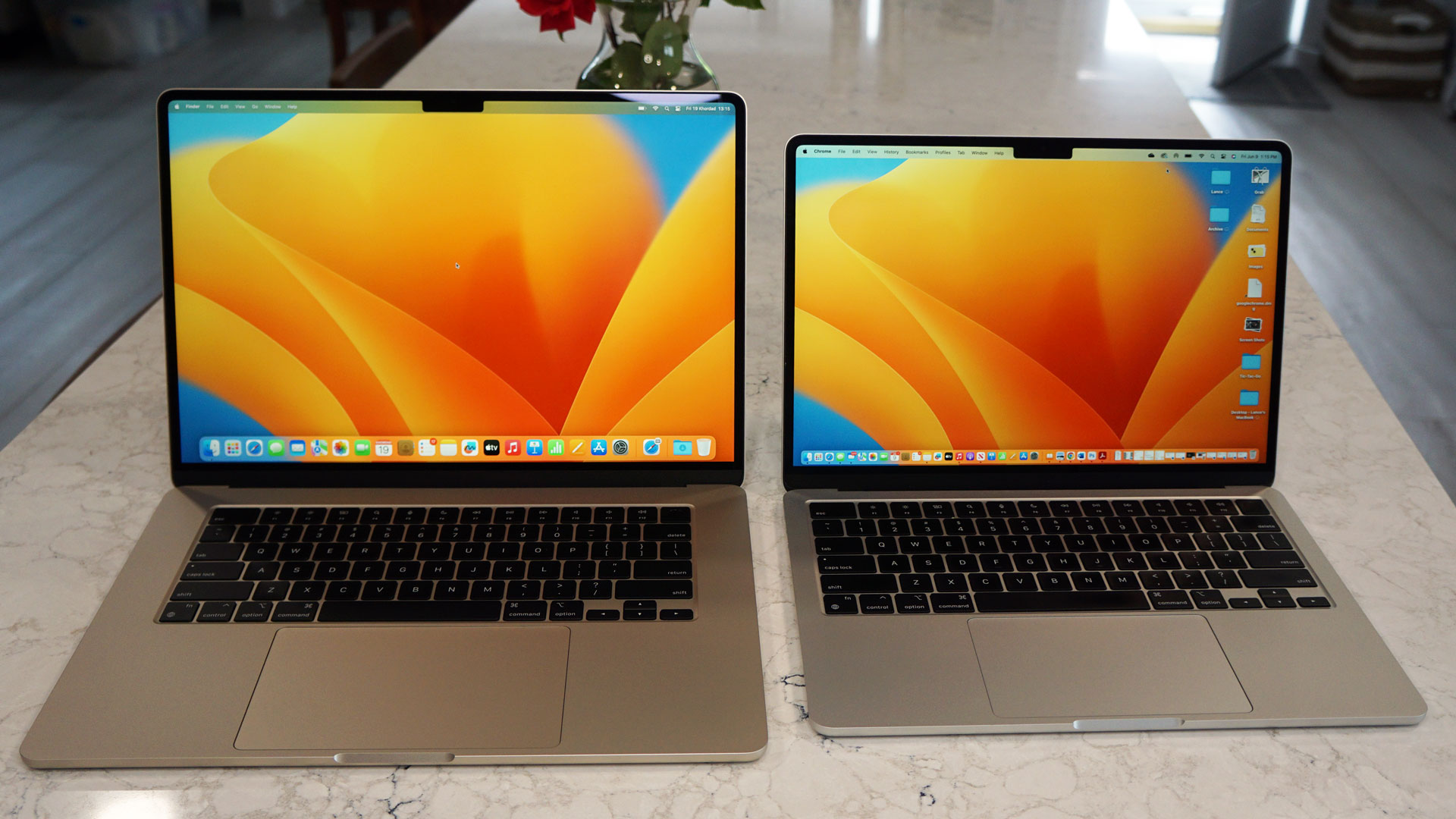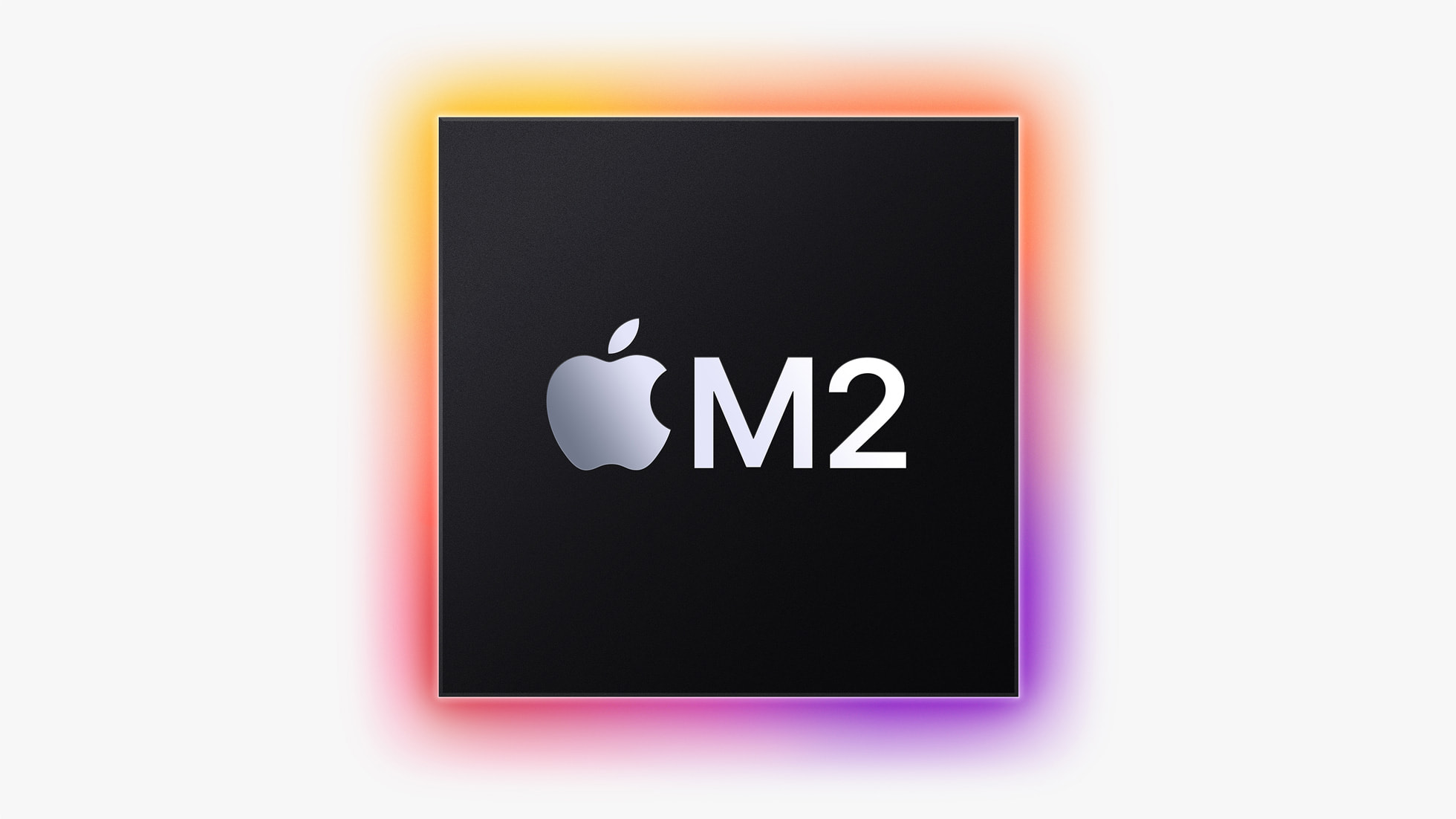
When Apple announced the 15-inch MacBook Air during WWDC on June 5, it brought to an end months upon months of rumors. It also gave us what is sure to be the best Mac for a whole lot of people. But I'd argue that there's another Mac that Apple should consider bringing to the party, too.
Apple could even use the MacBook Air branding. It's branding which is already an important one for the company which seems to mean "not MacBook Pro" for the most part. But as thin and light as the new 15-inch MacBook Air and the existing 13-inch models might be, they don't really have the spirit of what I might argue is the best MacBook Air ever made. Because they're too big.
I am of course talking about the 11-inch MacBook Air. The laptop that Apple launched to try and fend off the onslaught of the netbook. The laptop that ultimately paved the way for the failed 12-inch MacBook. And the laptop that, in my not-so-humble opinion, Apple really should bring back to its lineup.
There. I said it. I want a new 11-inch MacBook Air and I want it with Apple silicon inside.
Time to do it right
The key thing here is Apple silicon because it truly does change the game. It already has for Apple's existing products. But for the MacBook Air? It's the key to everything.
To understand why that's the case we have to go back to the 11-inch MacBook Air that Apple sold back in the day.
I had, and still have tucked away somewhere in my office, an old 11-inch MacBook Air. It had a fine display and not a lot of flash storage. But the CPU was the real problem because it came with an Intel chip. Depending on which model you bought that would be either an Intel Core 2 Duo of various clock speeds or an Intel Core i5 of some description. There was the Core i7 that you could upgrade to from the middle of 2011, but that probably wasn't a great idea if you didn't want to cook eggs on the thing.
But these Core i5 and i7 chips weren't the same ones you'd get in a desktop machine. They were ULV, or Ultra Low Voltage versions, designed especially for portable machines with small batteries. And they sucked.
Well, that might be a strong way to put it, but none of these chips were ever going to contend with the best processors in competing laptops. In truth, the 11-inch MacBook Air never felt like a quick machine, even when it was new.
The spiritual successor
Apple discontinued the 11-inch MacBook Air in 2016, but just before that, it launched something that would ultimately replace it. The 12-inch MacBook was also called the Retina MacBook and new MacBook, depending on which kind of mood Apple was in at the time. And it was undoubtedly the spiritual successor to the 11-inch MacBook Air.
It was small and light and didn't have a single fan to its name. It was ultra-portable in every sense of the word and it was well-loved if you ignore the mess that was the butterfly keyboard.
But it was tragically underpowered. The Intel Broadwell Core M chips it used were again built with the aim of producing as little heat as possible (remember, no fan) and sipping battery as slowly as possible. In terms of performance, the 12-inch MacBook was terrible. But it built itself a fanbase that is still sadly left without a replacement.
The 12-inch MacBook was discontinued in July of 2019. Apple hasn't made a Mac with a display smaller than 13 inches since.
Apple silicon's time to shine

If there is one common thread running through the 11-inch MacBook Air and the 12-inch MacBook, it's a lack of processing power. And Apple fixed that a couple of years ago with the M1. The M1 MacBook Air proved it and then some. This is still considered by many to be the best laptop ever made for the mainstream consumer.
The modern MacBook Air comes with no fans, just like the 12-inch MacBook. But unlike anything that came before it, it's blazing fast. Way faster than anything most MacBook Air users are likely to need. And it has a battery that will outlast most work days, too.
It isn't just the MacBook Air, either. Apple put the M1 and now the M2 into its iPad Pro tablets as well. Again, no fans, and an even more constrained chassis than the MacBook Air could ever manage — even one shrunken down to accommodate an 11-inch display. And again, those iPad Pros work great. They're fast, they don't get too hot, and because there's no fan, they're silent.
Now imagine that all packed into an 11-inch iPad Air. A laptop that is more portable than anything that Apple sells today, but with an overall package that is more capable than anything it's sold in a similar form factor to date. It would be the ultimate MacBook Air and, dare I say, the MacBook Air that Steve Jobs had in mind when he pulled that very first model out of that manilla envelope back in 2008.
The only problem is Apple
As amazing as that all sounds, and no matter how quickly students would probably buy these things for throwing into a bag and lugging around campus, I don't see it happening.
Apple seems to have drawn an invisible line in the sand. On one side, there's everything with a display of 13 inches and larger. Those computers are Macs, with keyboards and trackpads.
On the other side of that line, we have everything that has a display smaller than 13 inches. Those things are iPads, with detachable keyboards and a touch-based interface.
That's a huge shame and a missed opportunity in my eyes. As great as the iPad Pro has become, it isn't a Mac, and as good as iPadOS 17 is going to be, it isn't macOS. They're fundamentally different things that are great at doing fundamentally different tasks.
And I can't be the only one who wished they could do macOS tasks on something with an 11-inch display, right?







